From Murder Stones to Expiation Crosses
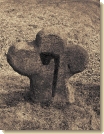
Expiation crosses stem roughly from the 13th -16th century and at=re monuments of medieval law. They were compliance part of expiation contracts between enemy parties to end blood feuds due to murder or manslaughter. Depicted on them are pictures of the murder weapon or job-typical equipment of the murdered person as the farmers were not able to read. With the introduction of the commercial law order under Emperor Charles V they 'officially' abolished. But only the 17th century got finally rid of them.
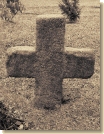
Stone crosses are as the name says stones in cross form. These originated in the16th century. They were set as weather, plague, station crosses by pilgrims and processions or as border marks by church parochies.
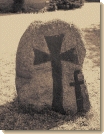
Cross stones could have the most different origin stories. Some of them can be allocated for example to expiation crosses; they only differ in the basic form. This could have regional reasons or was dependent on the donor's funds.
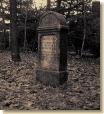
Murder and memorial stones were set since the 16th century. These were furnished with pictures, words and dates. They refer to an important or dramatic event like tragic accidents, devious murders but also more joyful occasions like the slaying of the region's last bear, lynx or wolf.
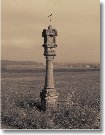
Wayside shrines, martyrs, prayer pillars were erected in the late Middle Ages for the most diverse reasons. Some folklore descriptions are 'court martyrs' or 'murder martyrs'. These descriptions give usually the first indication for the occasion of the setting. The continued existence and development of the wayside shrine theme runs through centuries.

